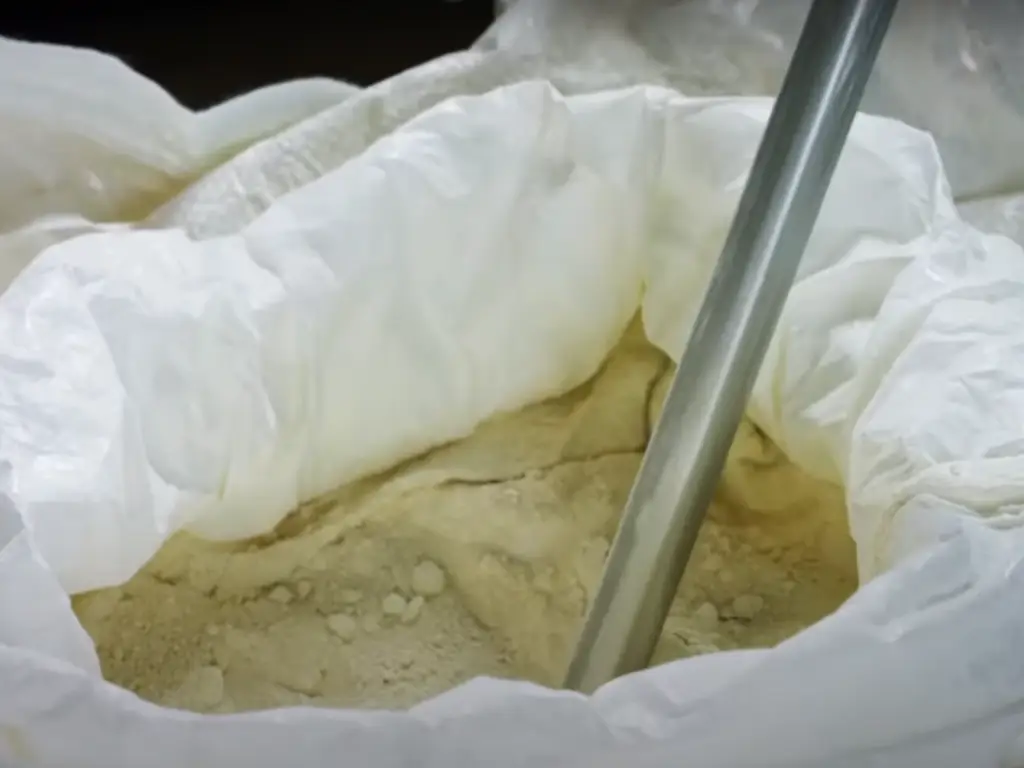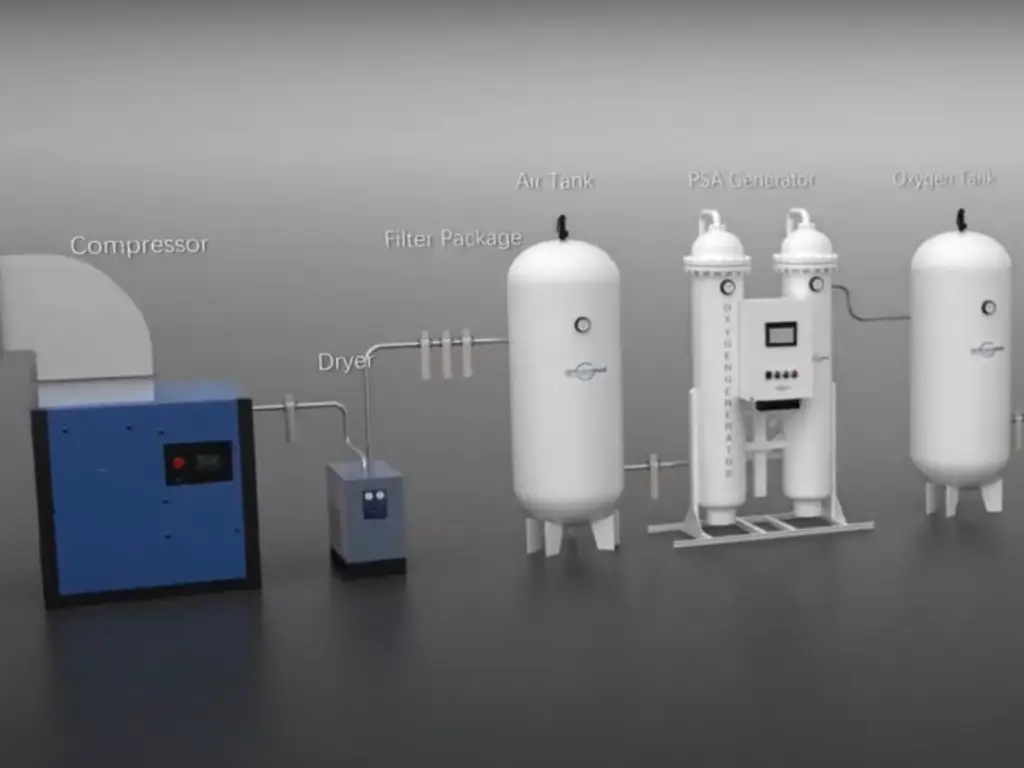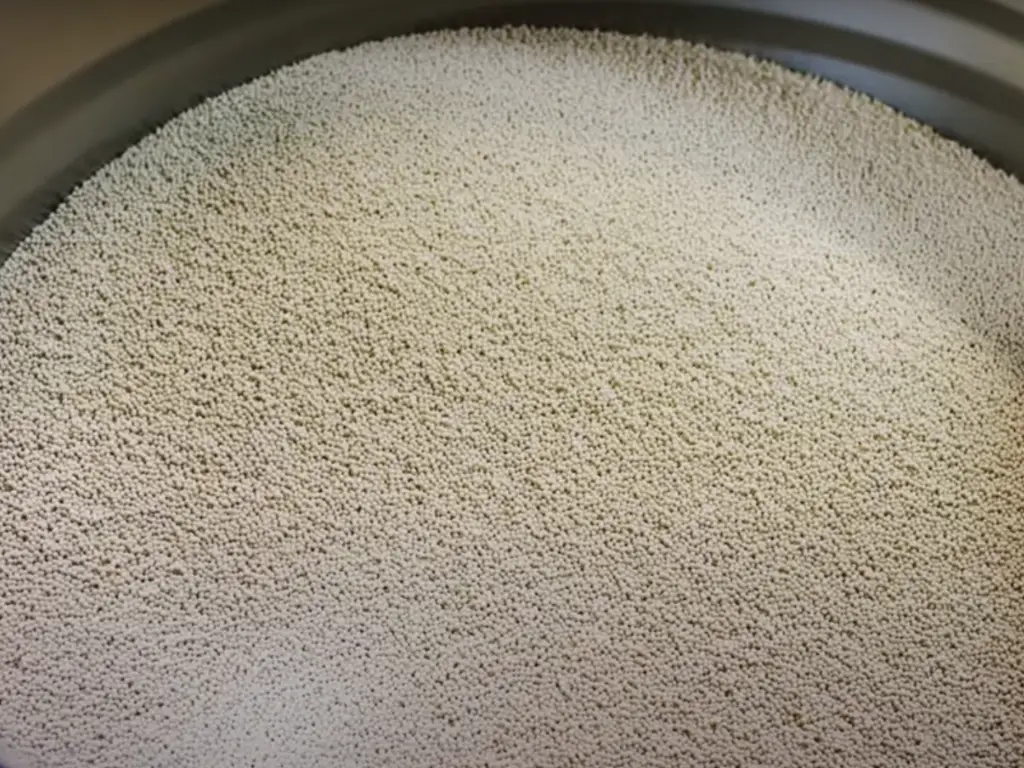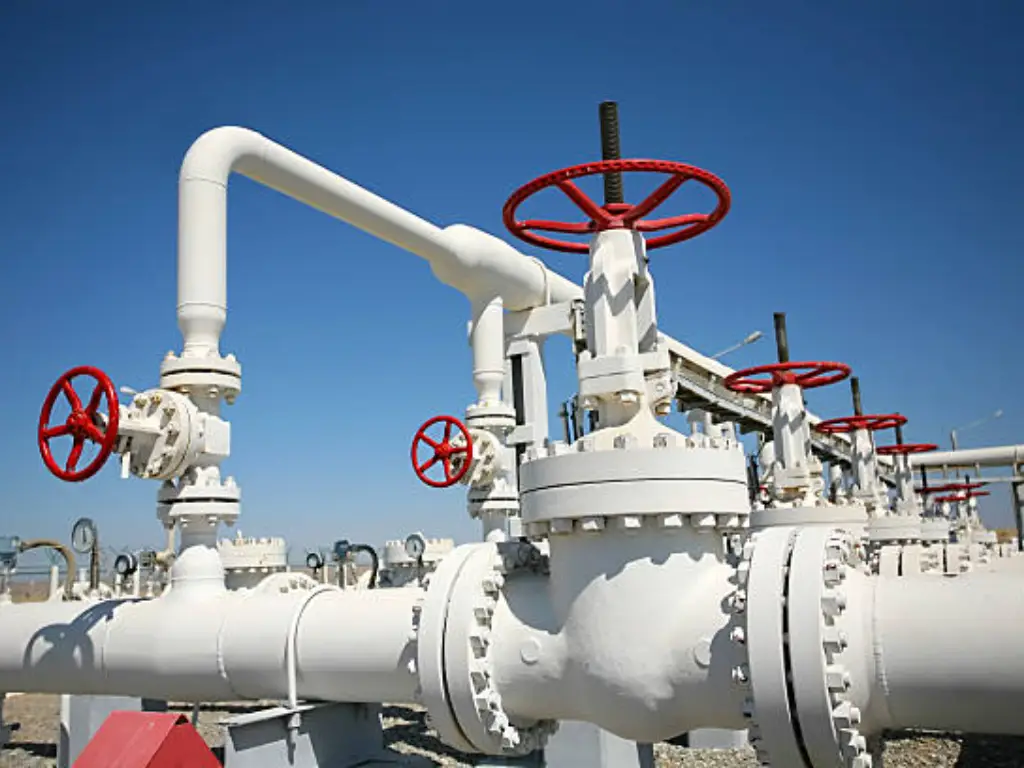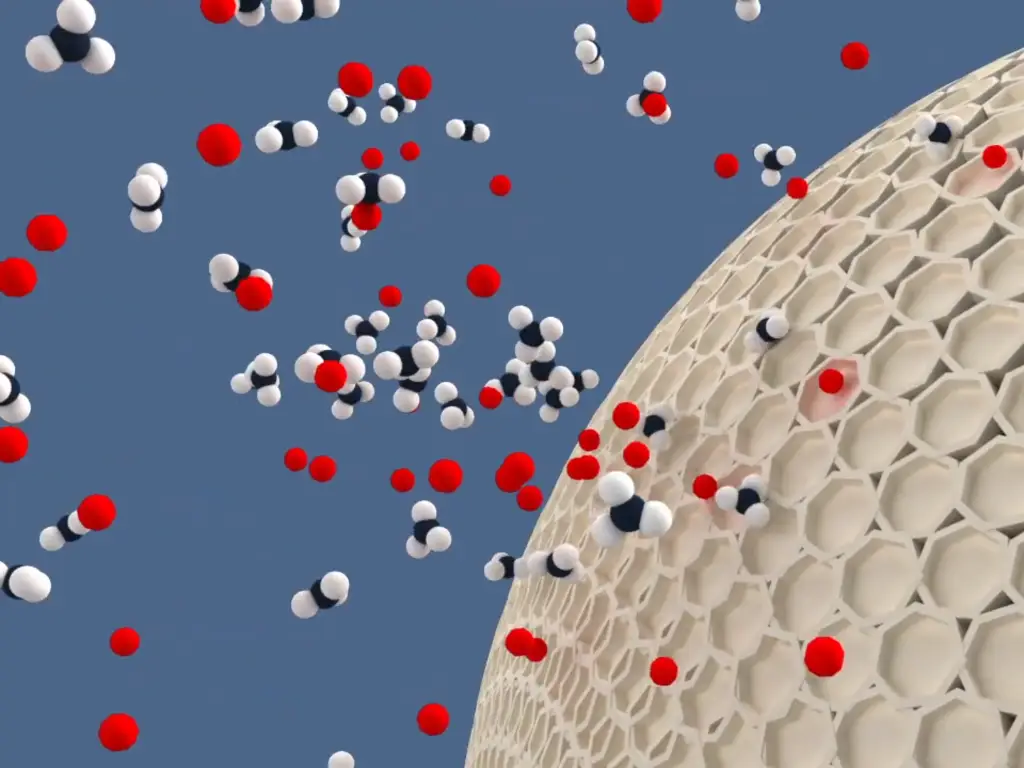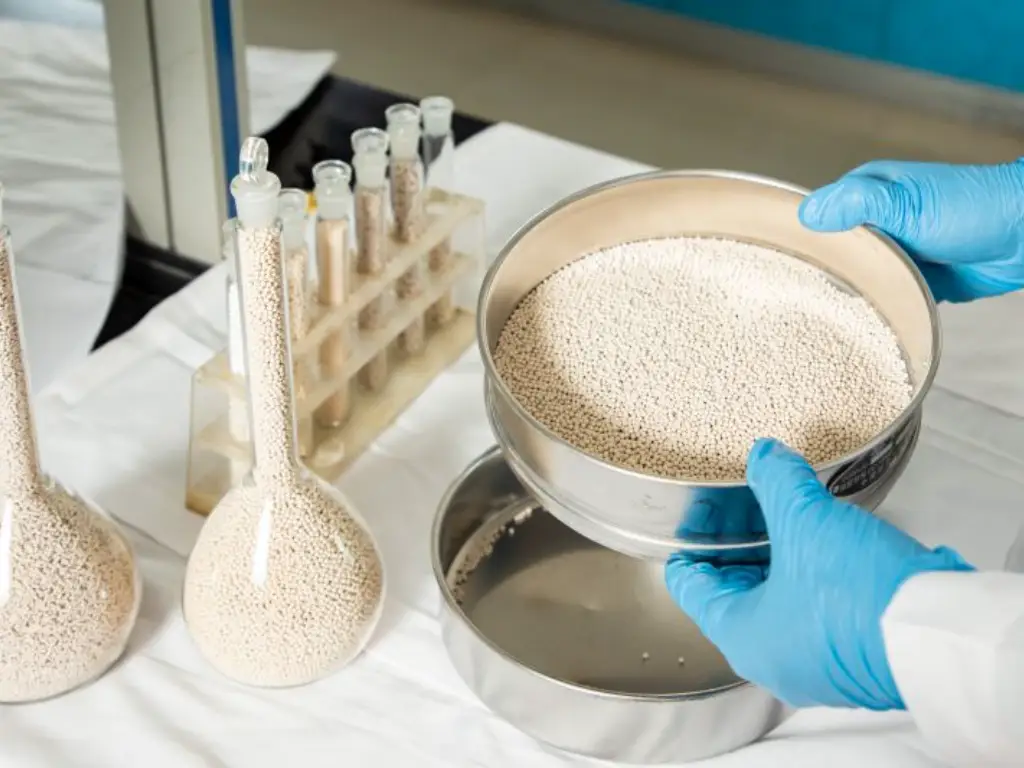1. Raw material gas carries water
Molecular sieves have strong water absorption and a strong affinity for water. It is difficult to desorb it by ordinary physical methods after absorbing water. The PSA system can hardly be removed under normal temperature conditions, resulting in a significant drop in the adsorption capacity of the molecular sieve and an increase in system pressure. After the molecular sieve absorbs water, the lateral pressure resistance is greatly reduced, and the molecular sieve is easily damaged during the frequent pressure equalization process of the PSA system.
2. High system pressure
Molecular sieves are particles with a porous structure. In the original design of PSA, full consideration should be given to the pressure resistance of molecular sieve. High pressure is good for adsorption, but it will cause bed fluctuations. The fluctuation of the bed layer will cause the friction between the molecular sieve particles to produce powder, causing the molecular sieve micropores to block and fail, the adsorption capacity will be greatly reduced, and the system pressure will increase. And this phenomenon gradually deteriorated, and finally a large amount of powder was discharged from the bed.
3. Poor filling quality of molecular sieve causes powdering
When the molecular sieve is too loosely packed and the filling amount is not enough, the friction between the molecular sieves is the largest, which can easily cause the molecular sieve to pulverize.
4. The splitter plate and filter cotton in the adsorption tower have a large layering error
When the molecular sieve is filled, the internal splitter plate and filter cotton have a large layering error, which will cause hidden gaps. When the system pressure is high, these gaps are released to the molecular sieve, causing the molecular sieve to become too loose and the bulk density to decrease, causing the molecular sieve to pulverize.
5. Frequent system switching and pressure equalization
PSA system design should consider the optimal dosage and switching period of molecular sieve, so that the gas production efficiency of molecular sieve is within a certain reasonable range. Short switching period will increase the gas production rate, but will increase the wear between the molecular sieves and cause the molecular sieve to pulverize.
6. Large resistance to exhaust nitrogen
The resistance of the PSA system to exhaust nitrogen is small. This can completely desorb and improve efficiency. Otherwise, the pressure in the system will rise in the next cycle, and the effective adsorption capacity of the molecular sieve will drop drastically. After long-term work, it is easy to cause molecular sieve powder.
7. The pre-tightening spring in the adsorber is small
The pre-tensioned spring in the adsorber can replenish the gap height of the sieve after the powder is discharged in time, and the height of the spring’s working point should be greater than the maximum pressure on the inner section of the adsorber. Otherwise, the molecular sieve gap cannot be filled in time, the bulk density will decrease, and eventually the bed will fall seriously and a large amount of powder will be discharged.

